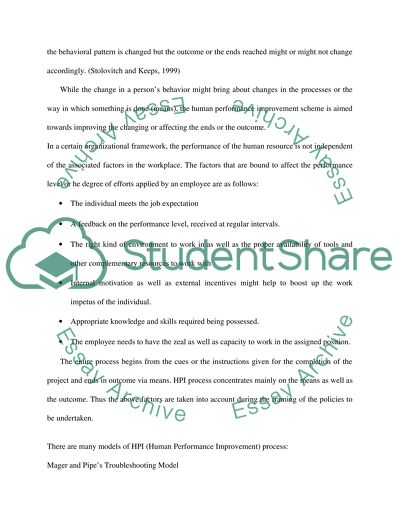Cite this document
(“Human Performance Improvement/Gap Analysis/Root Cause Analysis Essay”, n.d.)
Human Performance Improvement/Gap Analysis/Root Cause Analysis Essay. Retrieved from https://studentshare.org/miscellaneous/1542441-human-performance-improvementgap-analysisroot-cause-analysis
Human Performance Improvement/Gap Analysis/Root Cause Analysis Essay. Retrieved from https://studentshare.org/miscellaneous/1542441-human-performance-improvementgap-analysisroot-cause-analysis
(Human Performance Improvement/Gap Analysis/Root Cause Analysis Essay)
Human Performance Improvement/Gap Analysis/Root Cause Analysis Essay. https://studentshare.org/miscellaneous/1542441-human-performance-improvementgap-analysisroot-cause-analysis.
Human Performance Improvement/Gap Analysis/Root Cause Analysis Essay. https://studentshare.org/miscellaneous/1542441-human-performance-improvementgap-analysisroot-cause-analysis.
“Human Performance Improvement/Gap Analysis/Root Cause Analysis Essay”, n.d. https://studentshare.org/miscellaneous/1542441-human-performance-improvementgap-analysisroot-cause-analysis.


